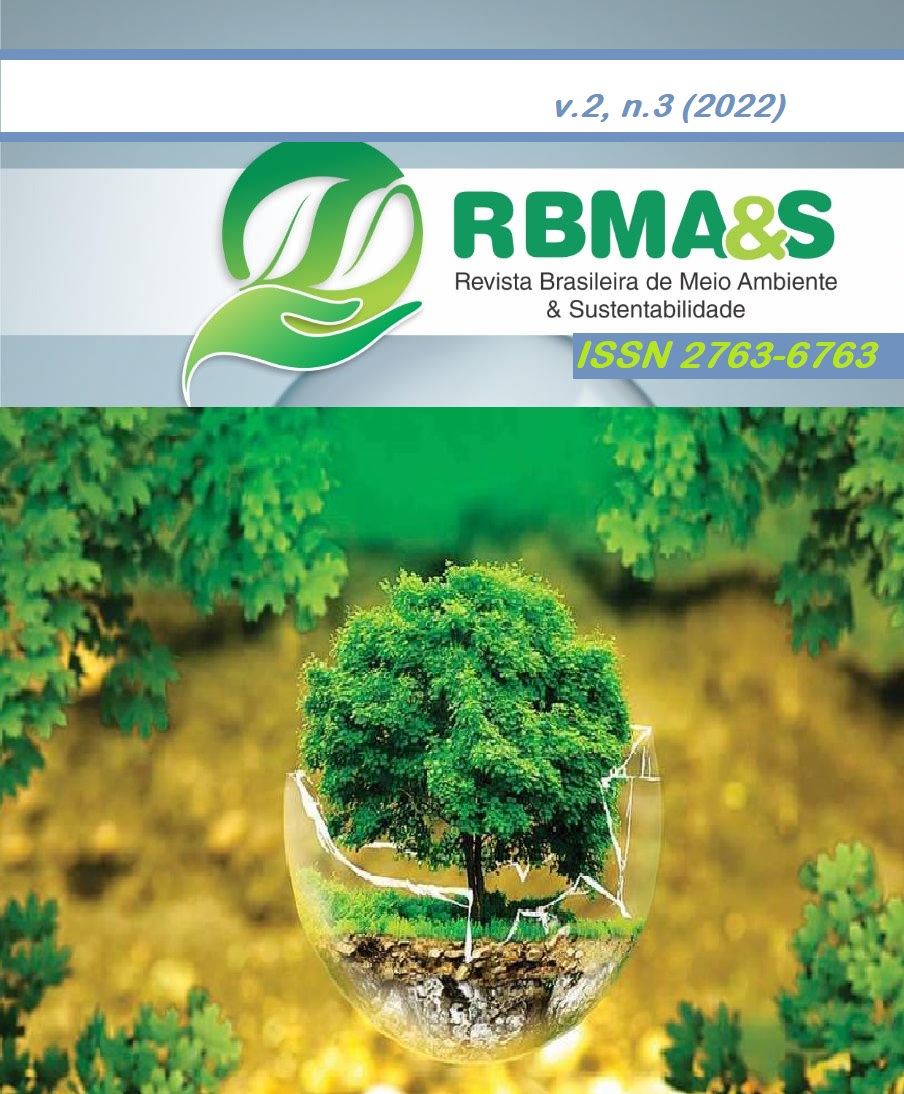EMERGING CONTAMINATING MICROPLASTIC PRESENT IN DOMESTIC EFFLUENTS AND THEIR INFLUENCE ON THE QUALITY OF WATER FOR HUMAN CONSUMPTION
Main Article Content
Abstract
As a consequence of the presence of plastic materials in everyday products, this practice has contributed to unprecedented pollution in the environment, which has no borders, its low cost and great durability, every day this material is spreading and polluting the aquatic environments. . These millimeter particles are considered the main pollutants of the oceans and water resources used for public supply, presenting a great risk to life in the animal environment, harming the ecosystem and human health. Microplastics are capable of altering the composition of certain water characteristics, harming the ecosystem of the region where it is found. Contaminated microplastics are ingested by plankton and small animals, which serve as food for larger fish in a chain that spreads pollution and disease. We have observed that several scientific studies identify the presence of microplastics in drinking water, both in bottled water and in water provided by sanitation concessionaires, as it is an emerging substance, little is yet known about its potential impacts on human health. In its first report on microplastics in drinking water, the World Health Organization (WHO) states that only reducing plastic pollution and proper water treatment can minimize the problem. To detection of microplastics in water bodies that receive treated domestic effluent, the potential damage of this contamination in treated water and in living organisms and the possible removal by new concepts and associated treatment technologies of domestic effluent, thus avoiding the presence of this emerging contaminant in drinking water.
Downloads
Article Details

This work is licensed under a Creative Commons Attribution 4.0 International License.

